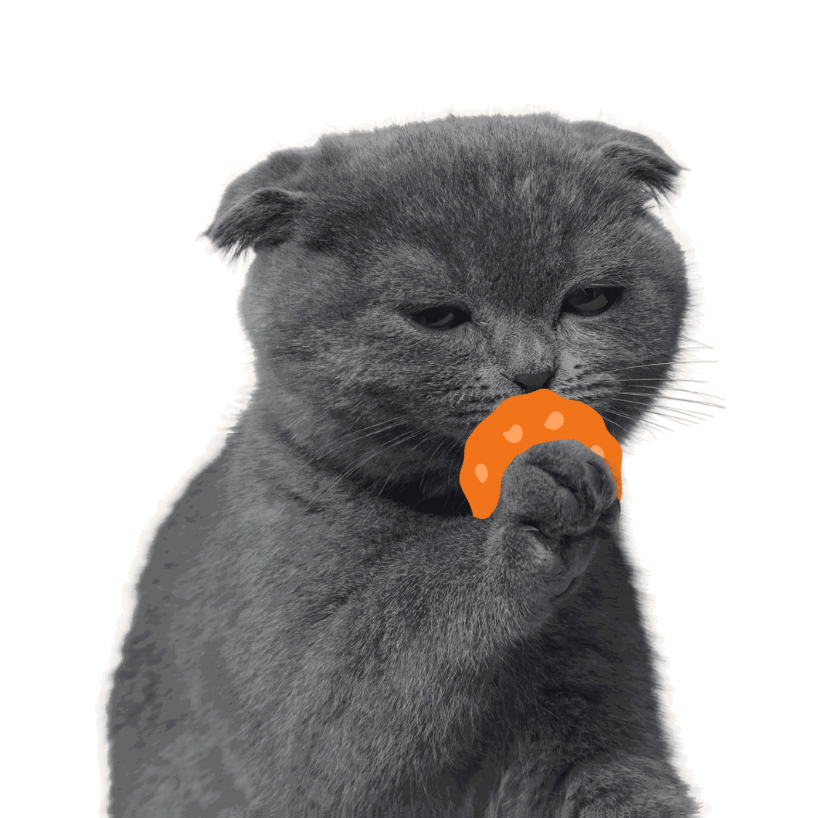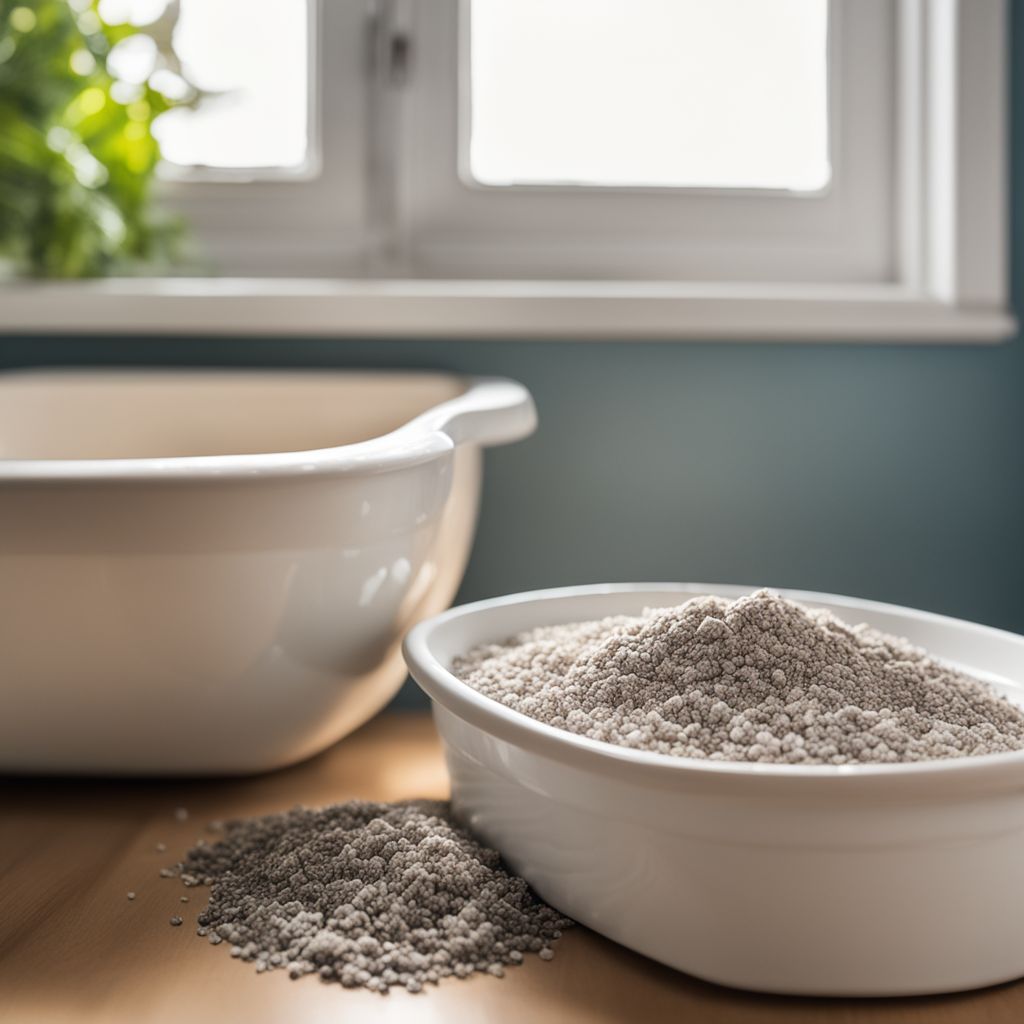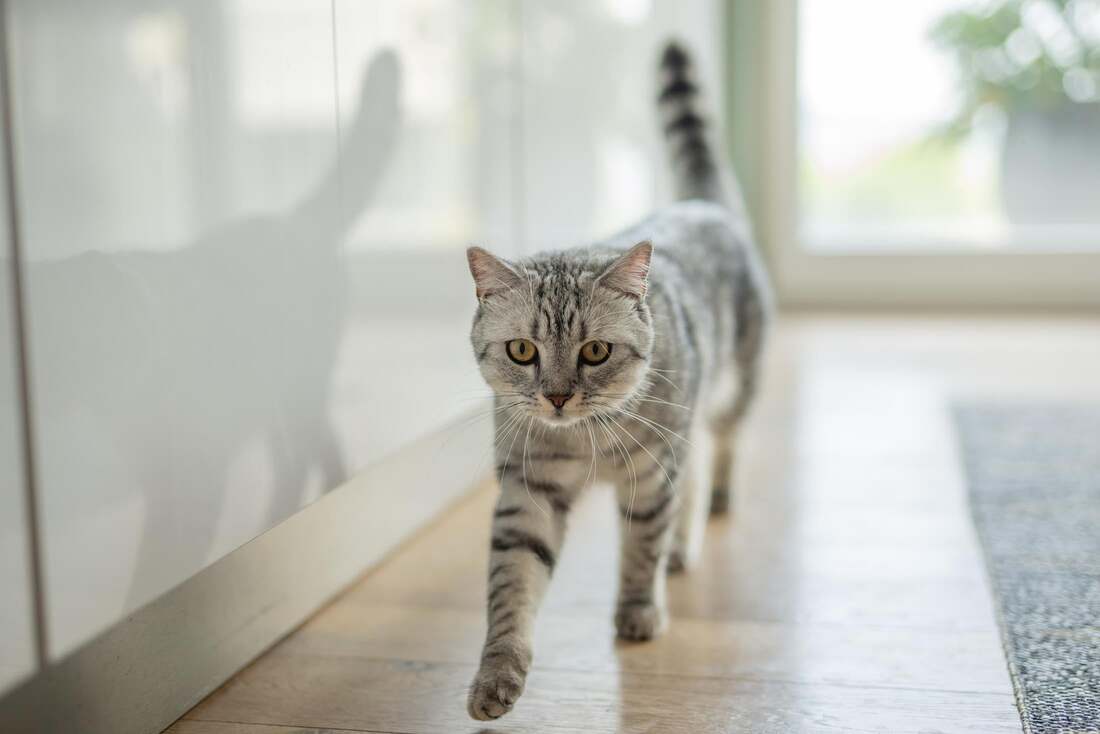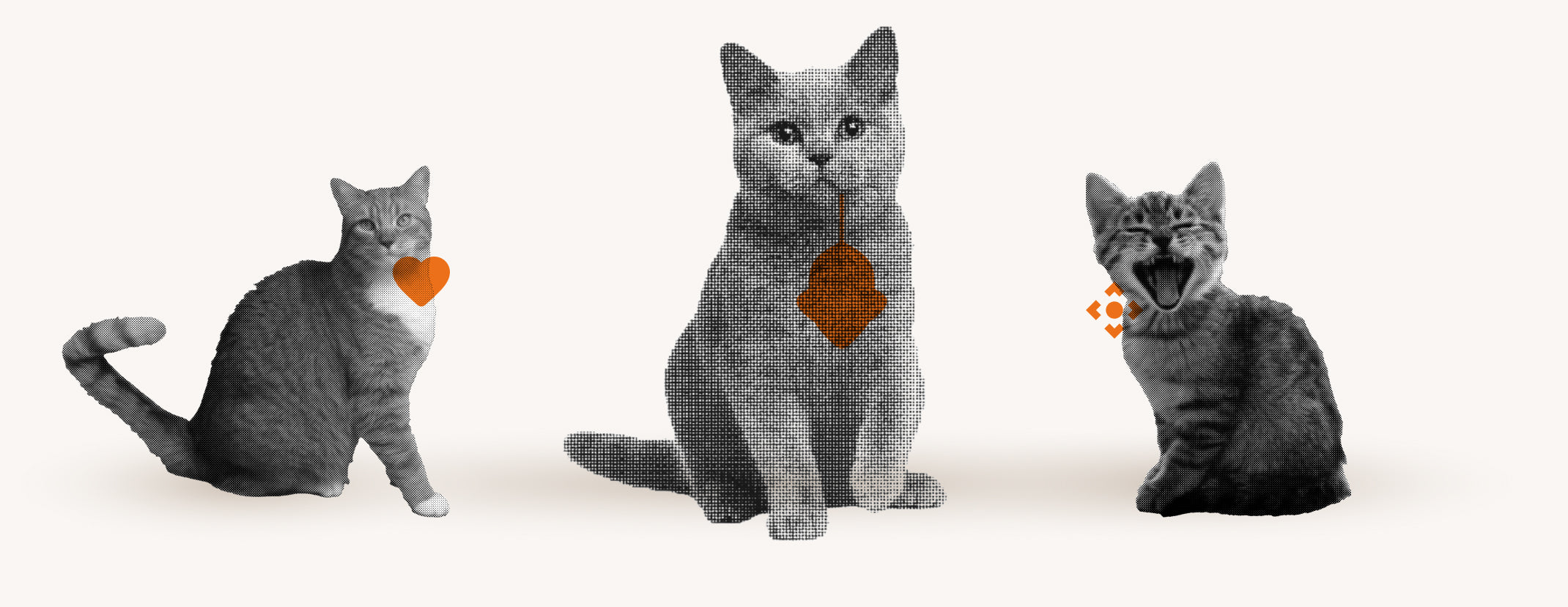Every cat owner knows the problem of litter disposal - but not all of it belongs in the toilet! Incorrectly disposed of cat litter can clog pipes and lead to unexpectedly high costs. Plant fiber litter can be disposed of in the toilet in small quantities, while bentonite litter and other non-water-soluble types of litter belong in the general waste.
In this article, you will learn which cat litter is suitable for the toilet, how to dispose of it correctly and how to protect the environment and avoid problems at the same time.
Why not all cat litter can be put in the toilet

Not all cat litter can be flushed down the toilet because it can clog the pipes. Mineral litters such as bentonite are particularly known to swell and harden when they come into contact with liquid. This can quickly lead to blockages in the sewage system and is one of the main reasons why this litter cannot be flushed down the toilet.
There are also cat litters that you can safely dispose of in the toilet. Plant-based litters , such as those made from wood or corn fibers, are often compostable and dissolve in water. However, you should be careful here too and only flush small amounts at a time to avoid problems.
To be sure which litter to use, it is important to read the packaging carefully . Look for instructions such as:
- "Suitable for the toilet"
- "Compostable" or "Biodegradable"
- "Flushable" or similar terms
If you are unsure or cannot find clear information, play it safe and dispose of the cat litter in the general waste. This not only protects your pipes , but also the environment, as many sewage treatment plants are not designed to process cat litter, even if it is labelled as flushable.
Which cat litter belongs in the toilet?

Proper disposal of cat litter is not only a matter of household hygiene, but also of environmental protection. Plant-based litters such as wood, corn or wheat fibers offer an environmentally friendly alternative to mineral litters. These natural products are often compostable and can be safely disposed of in small quantities down the toilet without clogging the pipes.
However, it is important to always follow the packaging instructions and only put litter in the toilet that is explicitly labeled as "flushable." Eco-friendly options that are usually safe to flush include:
- cat litter made from recycled paper
- clumping litter made from plant materials
- litter made from renewable raw materials
For cat owners who want to live a sustainable lifestyle, it is advisable to choose biodegradable cat litter . These types of litter help to reduce the ecological footprint and offer a responsible solution for daily cat care. However, it should always be kept in mind that even compostable litter can burden the sewage system in excessive quantities.
Instructions: How to dispose of cat litter safely in the toilet
To safely dispose of cat litter in the toilet, first make sure the litter is labeled flushable. Start by gently scooping out any clumps or solid waste and placing it in the toilet. Be careful not to flush too much at once to avoid clogging.
After removing the clumps, flush the toilet several times to ensure that everything is completely flushed through the pipes. Avoid mixing the litter with other waste products and use a brush to remove residue if necessary. This will ensure that the litter is disposed of properly and no residue is left in the toilet bowl or pipes.
Environmental Impacts of Cat Litter Disposal
Disposal of cat litter, if not done correctly, can have a negative impact on the environment . In particular, non-biodegradable litter can become a burden on landfills and hinder the decomposition of other materials. Even compostable litter, if handled incorrectly, can lead to soil and water contamination.
To minimize the environmental impact, it is recommended to choose biodegradable litter and dispose of it properly. Here are some tips for environmentally friendly disposal:
- Use biodegradable bags for disposal in residual waste.
- Compost plant-based litter unless it is mixed with waste.
- Avoid burning litter as this can release harmful emissions.
Avoid problems with cat litter disposal
Cat litter disposal problems can range from clogged toilets to environmental pollution. To avoid this, it is important to use only small amounts of litter labeled as flushable and to perform regular litter box cleanings to prevent buildup.
Use appropriate tools such as litter mats to catch litter that is carried out of the box. Also, make sure that litter does not come into contact with food or water supplies to minimize health risks.
In the long term, switching to a more environmentally friendly litter, such as those made from renewable resources, can help reduce disposal problems. Learn about proper disposal methods and choose products that are safe for both your cat and the planet.
Frequently Asked Questions
Which cat litter can I put in the toilet?
You can flush plant-based litters, such as those made from wood, corn or wheat fibers, in small amounts down the toilet. Make sure the litter is specifically labeled "flushable." Eco-friendly options that are usually safe to flush include cat litter made from recycled paper, clumping litter made from plant-based materials and litter made from renewable resources.
Can cat litter clog the toilet?
Yes, cat litter can clog the toilet. Mineral litter types such as bentonite in particular can swell and harden, which can lead to blockages in the sewage system. Therefore, you should only dispose of specially marked, flushable litter in small quantities and be careful not to flush too much at once.
How much cat litter in the toilet?
Only small amounts of cat litter labelled as flushable should be put into the toilet. When disposing of it, it is important not to flush too much at once to avoid blockages. The exact amount may vary, but it is advisable to be cautious and dispose of the litter gradually.
Is cat litter water soluble?
Not all cat litter is water-soluble. Plant-based litters, such as those made from wood or corn fibers, are often compostable and dissolve in water. However, mineral litters such as bentonite are not water-soluble and must not be disposed of in the toilet.





Share:
Punishing cats with water: is it really effective?
Cats bite feet - what's behind it?